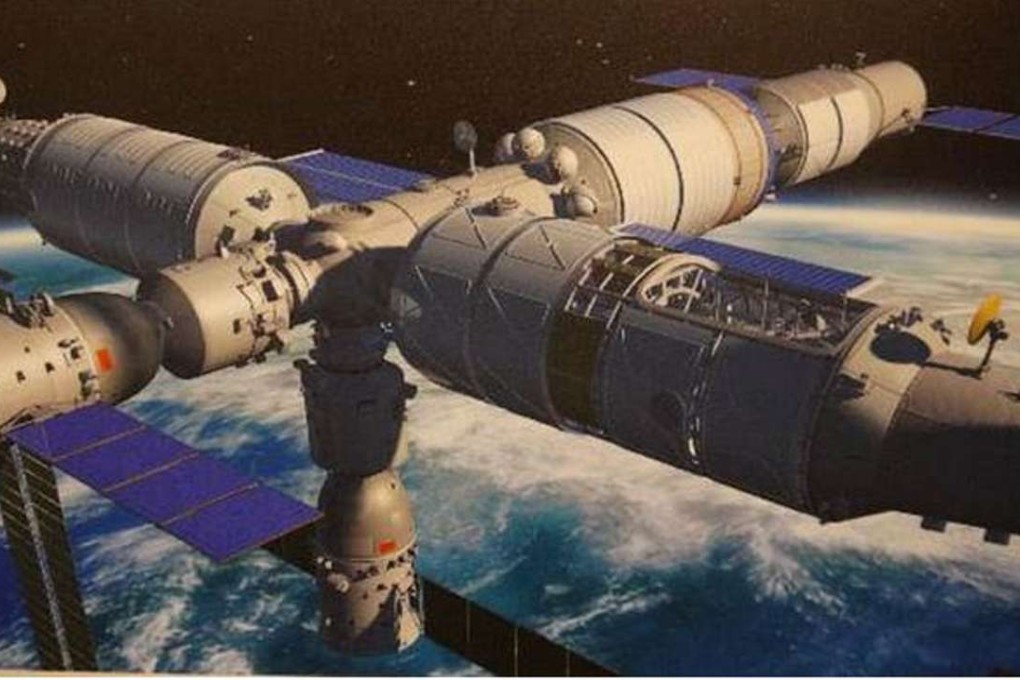How Chinese space station’s ‘modest-sized’ telescope can measure up to American giants
While many scientists believe ‘size is king’, one Chinese astronomy expert claims the smaller China Space Station Telescope (CSST) will have an advantage in researching gravitational waves, among other tasks

China faces a David and Goliath-style competition with the United States regarding its newly announced space telescope, astronomers say.
In the first official confirmation of China’s plans, Zhou Jianping, the chief designer of China’s manned space programme, revealed on Tuesday the country would install a telescope with a 2-metre mirror on its Tiangong Space Station set for launch after 2020.
Over the following decade it will survey nearly half the universe in search of dark matter, dark energy and earth-like planets, said Zhou.
But the modest size of the China Space Station Telescope (CSST) prompted some unfavourable comparisons with its giant-sized American competitors.
The James Webber Telescope, scheduled for launch in 2018, will have a 6.5-metre mirror, while Nasa is also planning the Advanced Technology Large-Aperture Space Telescope (ATLAST), which will have a whopping 10-metre mirror – five times the size of the CSST’s.